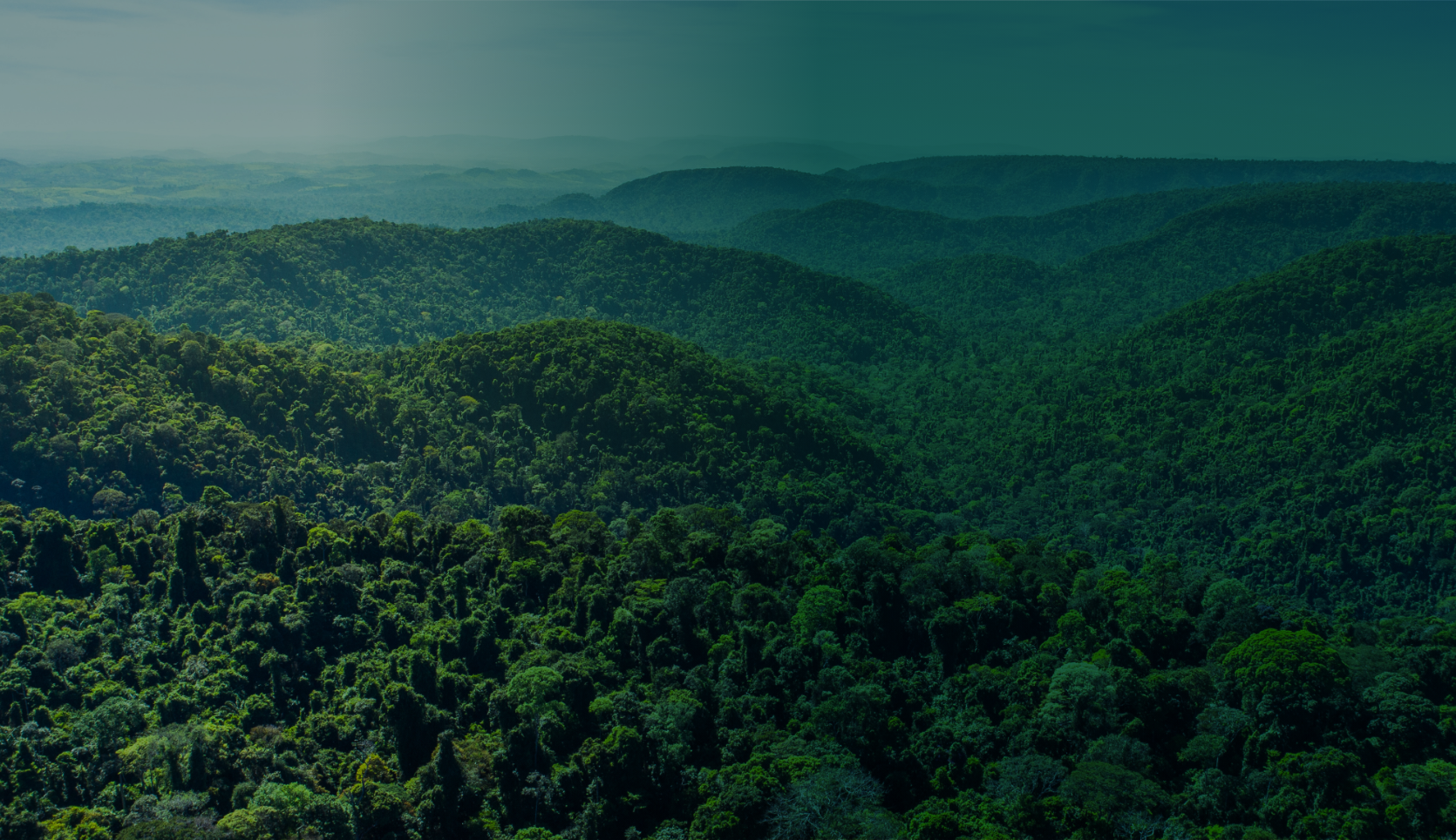Protetores da Floresta
Recent searches
Quick Links
The forest speaks.
But before listening, we need to take
a close look at it.
For decades, human activity has disturbed the balance between fauna and flora. A tour into the Amazon forest guided by those who are reconstructing this history is the best way to connect with nature and meet real Guardians of the Rainforest.
Episode 1
Guided by the biologist Andre Rezende and the parabotanist Delmo, we will discover the biodiversity of the Carajás National Forest, the Vale Zoo and Botanical Park, and the famous golden parakeet, a species threatened with extinction
Episode 2
In this episode, we take off on a helicopter trip to see the partnerships that contribute to the conservation of the forest.
Episode 3
The Brazil nut tree is an icon of the Amazon Rainforest, but it restricted to some conservation units. Researchers will show us the complex operation to maintain this species in an episode about the recovery of degraded areas.
Episode 4
t’s time to learn about the forest’s DNA, the genetic codes that reveal important information and point out new and promising paths to science.
Check out Vale’s activities
The Chico Mendes Institute of Biodiversity Conservation (ICMBio, Instituto Chico Mendes de Conservação da Biodiversidade) and Vale are working together to protect the largest area of continuous forest in the south and southeast regions of Pará. Conservation of this area is an important measure in reducing global warming due to the maintenance of the forest carbon stock. This is just one of the examples of the partnerships forged by Vale to protect the Amazon.
Vale is reforesting pasture areas acquired in Serra Sul by creating ecological corridors in addition to restoring the region’s fauna and flora. Since the start of the project, 1,045 hectares have been reforested and 3,853 are being recovered through partnerships established by the Vale Fund.
The company has invested R$ 792 million in research in biodiversity and study of species genomes and climate change through the Vale Institute of Technology (ITV). ITV is dedicated to research and studies focused on sustainable development and mining, which help understand future scenarios according to climate change, forecast which forests are at risk to be extinguished, and understand the types of native vegetation in a region.
The Biopark Vale Amazônia, maintained and managed by Vale, is in a Federal Conservation unit within the Carajás National Forest. The Park was created in 1985 in an area of 30 hectares, which is home to native species of Amazonian fauna and flora including birds, agoutis and monkeys that live freely in the areas of visitation, providing visitors a unique experience of immersion in the Amazon rainforest.
Testimonials
"Biodiversity is important to humanity because it is the source of medicines and ecosystem services, but it was taken for granted until recently. This area of more than one million hectares is one of the last preserved areas in southeastern Pará. Certain endangered species, such as the harpy eagle, only occur here."
André Cardoso
Biologist


"When we started to work on the hardpan in the Carajás National Forest, we initially thought that there were about 200, 300 species in that place, but we ended up identifying more than 1,100 species. We conduct a genetic study on plants, animals, fish and water; water has a particular importance in this process because it collects all the information from the forest. The DNA of all this biota surrounding is in the water. This work is called metagenomics or metabarcode, which means over studying a species to collect all biodiversity information with one single environmental sample. We cannot lose this genetic heritage before we understand it."
Guilherme Oliveira
Manager of Scientific Knowledge at ITV.


"A mature forest system is the result of millions of years of learning accumulated through natural. By analyzing and learning from this system, we can create productive systems to meet our own needs. That is why this practice is considered to be a regenerative agriculture; we regenerate life in the soil and, from that, we grow."
Marco Oliveira Bellotti
Agricultural engineer from Earth University and consultant in Agroforestry Systems in Canaã dos Carajás.


"Extractivism is life: we live off the forest and in harmony with it. My dream is to see the cooperative becoming a reference not only for cooperatives in the state of Pará but also worldwide. There are people who depend on the forest standing."
Ana Paula Ferreira
President of the Extractive Cooperative of the Carajás National Forest.
The Amazon
It is urgent to keep the forest standing and to value and promote sustainable development opportunities for local populations. Vale has been in the Amazon for more than 30 years helping ICMBio protect approximately 800,000 hectares of forest, an area equivalent to five cities of São Paulo.
Fotógrafo: xxxx
